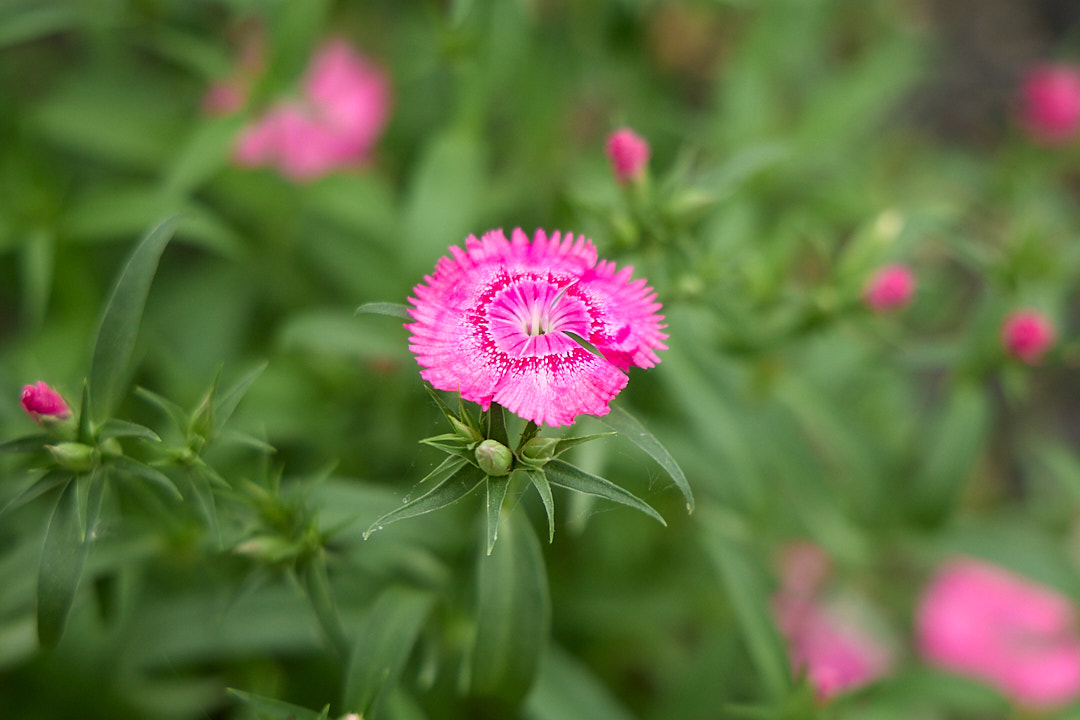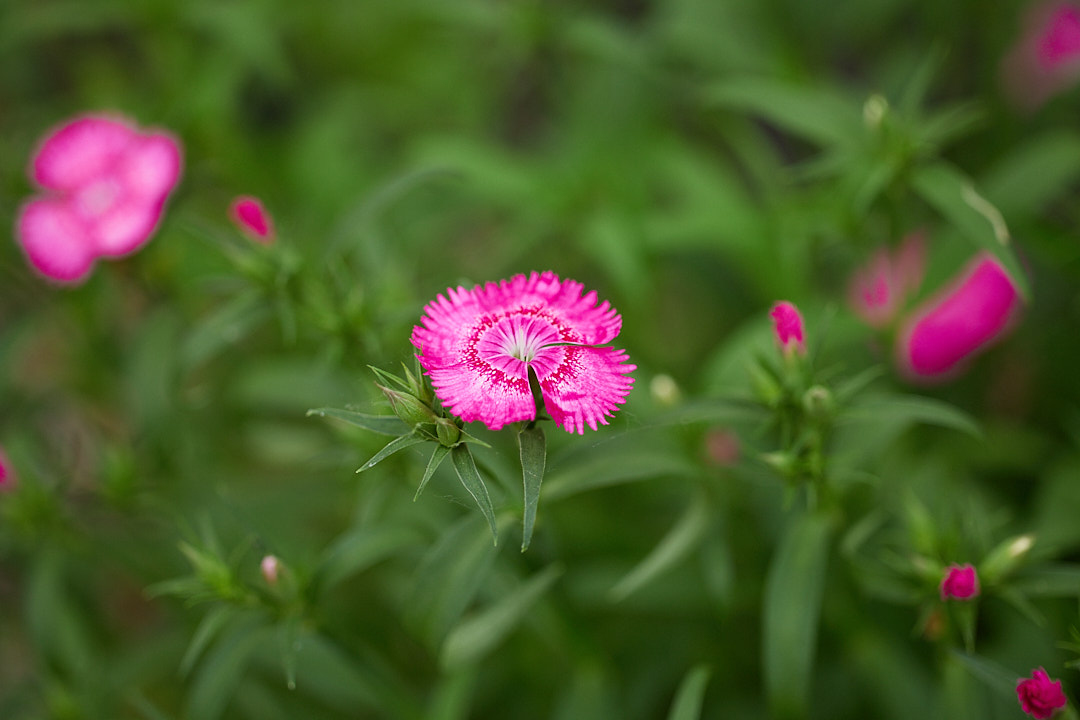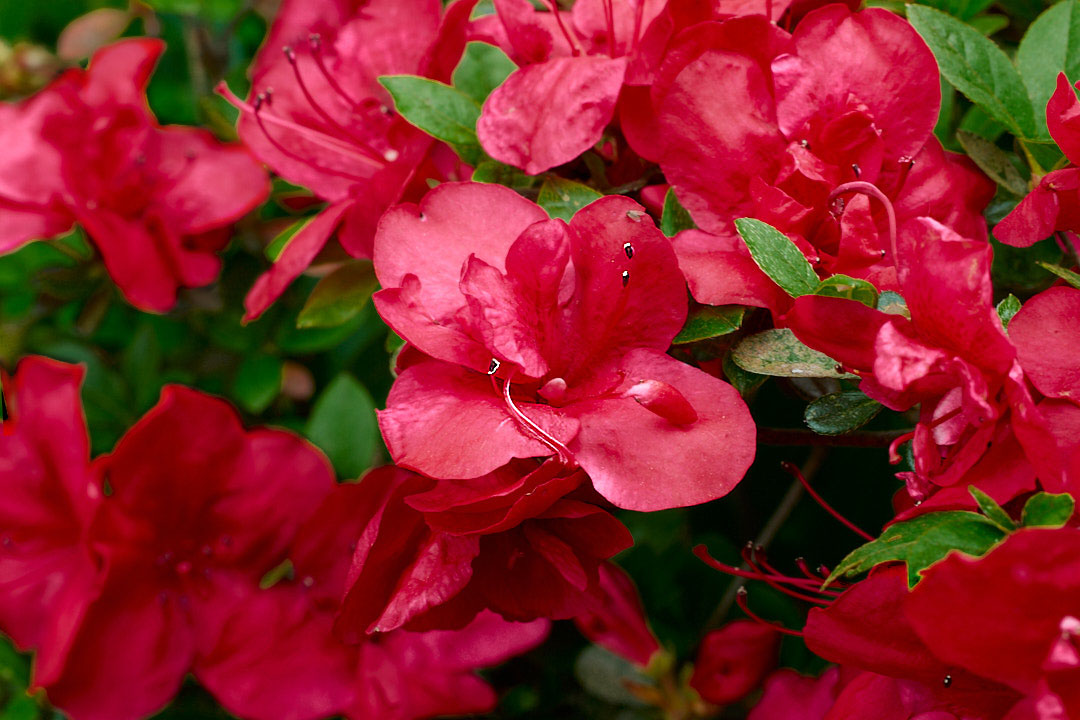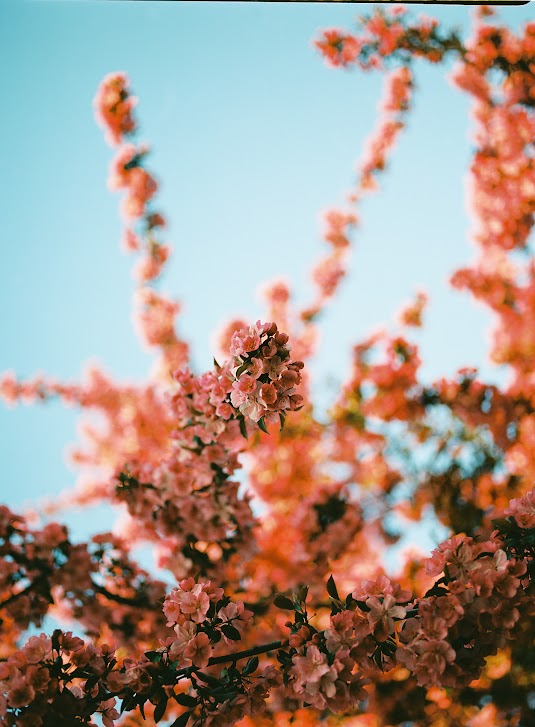Floral Photography Tips and Tricks

Written by Brittany G.
Photo Credits to Brianna P. and Brittany G.
April Showers Bring May Flowers, and with the weather warming up, more blooms are appearing providing excellent photo opportunities. With so many of these flowers budding and flourishing during the Spring and Summer seasons - you'll be sure to find a good opportunity to capture some foliage.
Whether you're an amateur photographer or a seasoned professional, we want to provide you with some valuable tips, insights, and a selection of additional accessories to can help enhance the images you take along the way.
- Choosing the Right Lens
- Utilizing Depth of Field
- Attention to Lighting
- Experimenting with Composition
- Accessories to Try
Choosing the Right Lens
Consider where you may be shooting - your backyard, botanical or local garden, or maybe even while taking a walk around your neighboorhood. Taking a look at all the options of lenses if you have a full-frame camera, each lens will allow a certain amount of distance for best focus to be achieved. 50mm lens are great around 7-8 inches from the subject, a 100mm lens around 12 inches, and 200mm lenses are around 19 inches of distance. When looking at lenses for floral photography, no lens is the wrong choice, but there are lenses specifically for macro shooting that can enhance the look you may be trying to achieve. Here are some options in each brand the you can check out (or even rent!):
- Canon
- Nikon
- Sony
- Fuji
- Panasonic
While these are just many options for Macro specific lenses, remember non-macro lenses will also be able to take amazing photos for flora. Check out what a non-macro lens can do compared to a macro-specific lens and you will get a good idea of the quality that you achieve with both lens types.
You'll see the image on the left was taken with a Canon RF 24-105mm f/4 Lens while the image on the right was taken with a Canon RF 100mm f/2.8 Macro Lens. At a glance there isn't a far difference between the two, however the lenses themselves offered two different experience like the Macro lens specifically having a control ring specifically to hone in on that fine focus area giving the petal edges a definite contrast.
Utilizing Depth of Field
With lenses in mind, aperture will be one of the more important settings to think about when shooting florals. Do you want an image capturing the large field of flowers or do you want to have an image focused on a single bud or collection of buds amongst the many? Most popular apertures for this type of photography are around f/2.8 and f/4 so you can capture that sharp details in the flower while blurring or fading out the background. However for those field of flowers a wider aperture will ensure all is in focus to capture the full picture of the field.
You'll see on the images above how on the left the aperture being more open at around f/6 creates less definition between the focal point and flowers behind while the image on the right at f/2.8 creates a definite focal point with low depth of field behind.
Attention to Lighting
Natural lighting will 100% be the easiest to utilize since it is around us (almost all the time), however when only using natural lighting one thing to consider is the slight shift in lighting you may see as a result in your photographs. Unfortunately while to us, the sun is consistant majority of the time, there are small shifts that our camera will pick up more often than our eyes will. Regardless of the slight shifts in lighting, you can always bring a light along with you - not only does it guarantee you will have light to work with, but you can customize the color temperature to your liking. With portable mini lights available on market now, you also get the choice of some of them having RGB colors as well - so get creative!
If you don't have a light available, no worries! More than likely you do have a smartphone that has a flashlight function on hand. It gives off plenty of light and most flashlights featured in smartphones will have a smaller range of how bright the light itself can be. Bonus if you have someone along with you that way you can focus on camera work while they hold your phone for that little bit of extra light.
Experimenting with Composition
We all look at flora differently, from all different perspectives, so think about composing your photo in different ways and how that slight change in composition can portray a different vantage or story of that flora. Something up close and personal with the subject can make it feel delicate and small. Alternatively, if you take a photo from eye level (of the ground) or "underneath" your subject you will see that feeling shift to a large subject and making the user viewing (or the photographer) seem like a small ant looking up. You can also utilize the space within the frame itself to compose a different image, look at negative space or leading lines to have the eyes focus on certain sections of the photo rather than others. Check out how composition changes change from flower to flower in these photos - what feeling or story do they tell?
You can see featured in the left image the use of negative space as it creates a focus on the flower while creating the feeling of the "only flower" left with the darkness behind. Meanwhile the image on the right provides leading lines from the bundle of tree flowers upwards to the flowers in focus allowing them to standout from the blurred background behind.
Additional Accessories
A simple setup can go a long way, but having some additional accessories on hand, especially for floral photography can enhance not only your photo, but also executes some creative concepts you may have in mind. There are many different tools to use on a shoot or a walk, that won't add to the bulk of what you're carrying here are some accessories to consider when shooting floral photography:
- Filters:
- Circular Polarizers: these filters enhance the greens, blues, and whites in your photos allowing for more saturation from the colors in your image
- Prism Filters: these filters alter what your lens sees by breaking sections in fractals and often times showing a "repeating" section of your subject
- Soft/Fantasy Filters: these filters reduce contrast in the finer details of the picture without compromising the sharpness giving a "soft or smooth blur" effect
- Tripod or Monopods: Steady your gear down so you can utilize slower shutter speeds to allow more light into your lens especially in lower light situations or to prevent hand shake
- Extension Tube: these increase the magnification of the lens simply by moving optics further from the camera
- Water Spray Bottle: bring one with you to simulate dew drops on flora or to create a misting effect in the air
- Reflector: this will help you bounce light on the side of the subject you may need extra fill light on
Floral Photography is a delightfully rewarding type of photography that allows you to capture the beauty of nature while exploring the natural area around you from a different perspective. By following the information above and utilizing extra accessories, anyone can elevate their final images.
So, grab your camera, immerse yourself in the world of foliage and flora around us, and let your creativity blossom!





